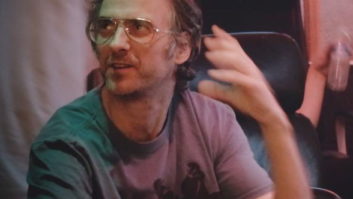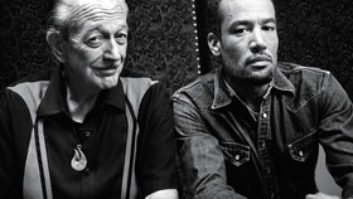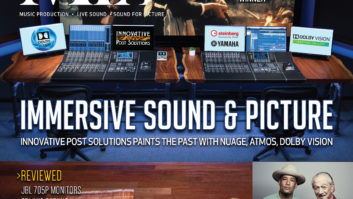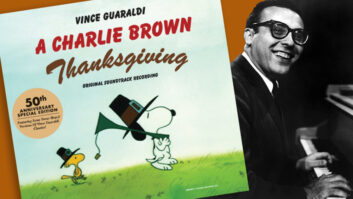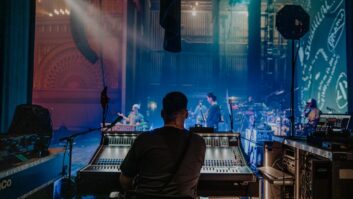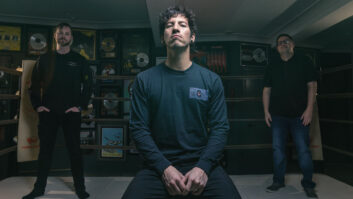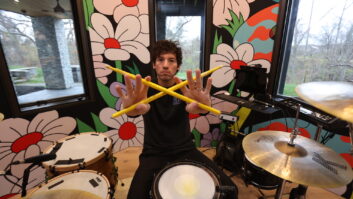Some collaborations are one-offs, but happily, the musical friendship between rock ’n’ roots great Ben Harper and blues harmonica legend Charlie Musselwhite is still going strong. Harper and Musselwhite’s first album as a duo, Get Up! (Stax, 2013), earned them a Best Blues Album Grammy, and became a Top 10 rock album, as well as the Number One blues album in the United States. Now a second effort, No Mercy in This Land, builds on the studio magic they created, and on the time they spent touring and gelling with their band.
No Mercy was engineered and co-produced by Ethan Allen in Studio A at The Village, Los Angeles, the same studio where Allen recorded Harper’s most recent outing with the Innocent Criminals.
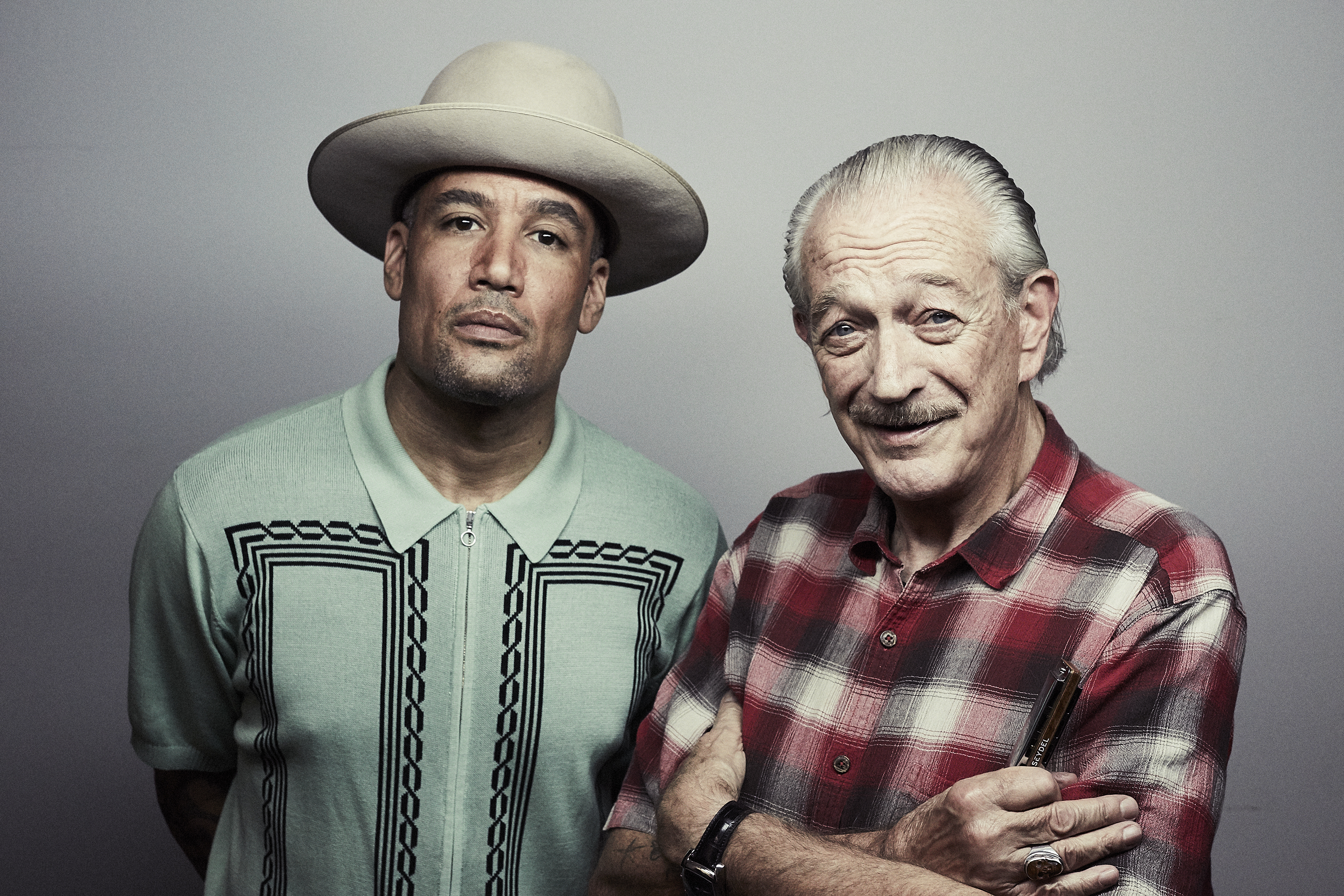
“Same room, same vintage custom 80 Series Neve board, with 1081s and 1073s,” Allen says. “But this album was about this band and the identities of Ben Harper and Charlie Musselwhite—their songwriting.”
No Mercy puts a little twist—an ever so slightly more modern rhythmic approach—on the sound of vintage blues records. Musselwhite, of course, has played this music for 50 years, and Harper’s appreciation and knowledge of the “classics” runs deep.
“Charlie talked to me about some of the records that he really loves from the early ’50s—Lightnin’ Hopkins, Muddy Waters, etc.—and of course that was the era of tube recording gear,” Allen says. “We didn’t have the luxury of a full tube console, but I made sure there was a lot of tube gear around, and not just microphones. We looked in the tech closet at The Village and found some Pultec tube mic pre’s, and they had two RCA BA-6A [compressor/limiters]. And then, all of our mic choices slanted toward tubes and ribbon mics like RCA 44s and 77-DXs, Neumann M49s.”
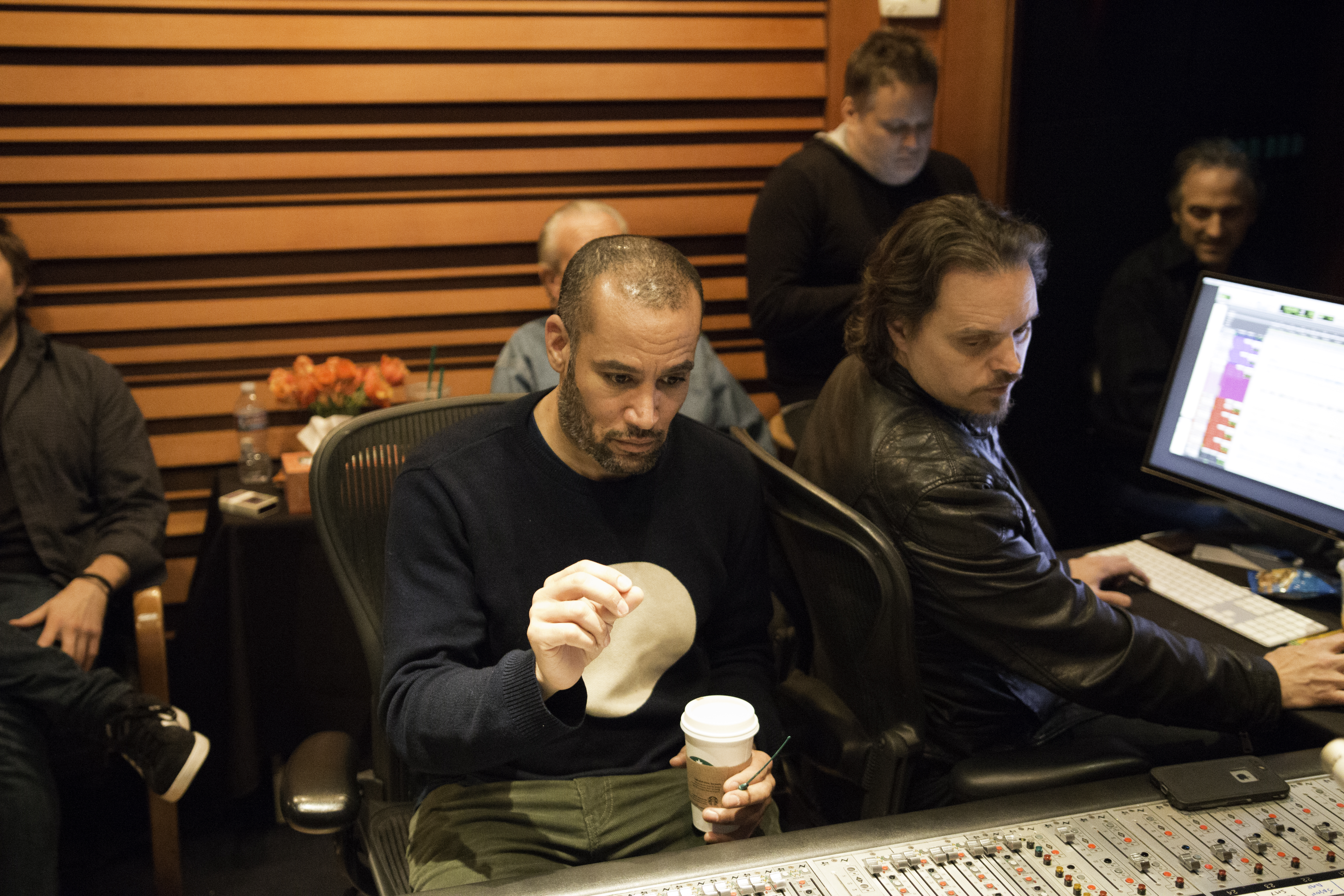
All of the songs on this album were cut live to Pro Tools in two weeklong sessions that took place nearly a year apart, musicians’ schedules being what they are. From the start, Allen and the band made every effort to dial in sounds in the recording studio.
Related: Review: Ben Harper and Charlie Musselwhite Get Up (Stax), by Barbara Schultz, Mix, Jan. 1, 2013
“Those old recordings used a lot of plate reverb, and we did that a lot, too, but also on the second floor at The Village, there’s a big old meeting hall with tall ceilings, and it was empty, so we used it as a chamber. I set up one speaker as a send and an SM 69 tube mic as a return. That reverb is a big part of the record.”
During the first week, Allen and the band—Harper and Musselwhite, drummer Jimmy Paxson, guitarist Jason Mozersky and bassist Jesse Ingalls—established what Allen calls a “home setup that would morph.”
Paxson’s drums were situated in the middle of the live room, against one wall, with a few mics set up to capture the whole kit, or whatever Tom Waits-esque pieces the drummer favored. “There might be a trash can in there, all sorts of pieces of metal, some fibrous membrane, and some really unusual drums, as well as more traditional vintage ones, and lots of mallets—not just standard sticks,” Allen says.
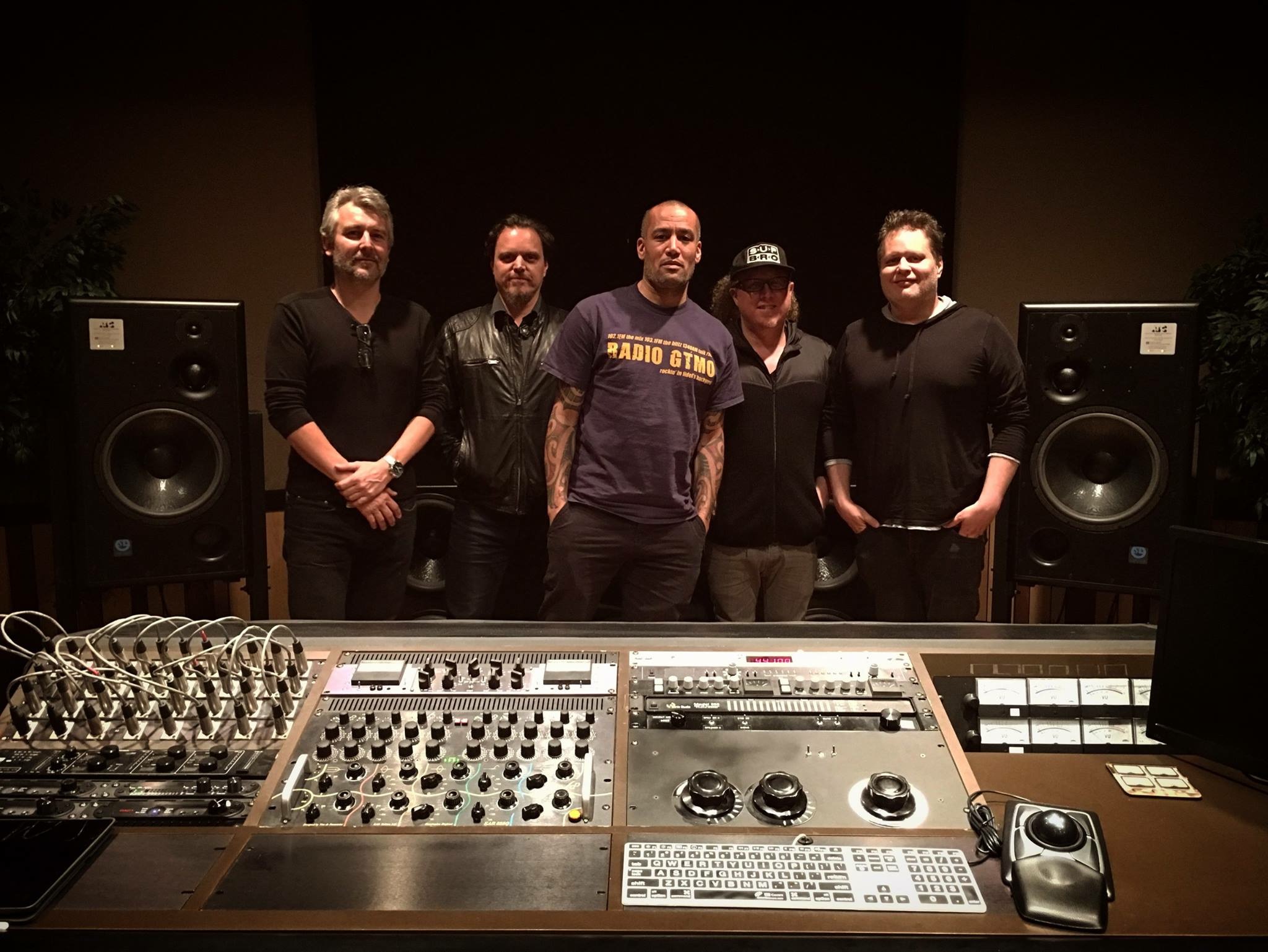
At the core of Allen’s drum-miking scheme was a ribbon mic—usually an RCA 44 or 77-DX—placed out in front of the kit. “I call that the ‘heart’ mic,” he says. “Its purpose is to get a general picture of everything rather than a cubist representation of each individual part. I would always get that first and compress it with the RCA [BA-6A]. Those mics already have such a patina, and then the RCA gave everything a definite personality. Anything else we used was just to augment that.”
One microphone frequently used to augment the kit was contributed by producer/engineer Sheldon Gomberg, who engineered and co-produced Get Up! Harper invited Gomberg to join the team for their second week of recording.
Related: Producer/Engineer Sheldon Gomberg, by Barbara Schultz, Mix, April 4, 2018
“The mic I brought from my studio was an American D22,” Gomberg says. “We used that on the first album, too; I would compress it and bring it up underneath the track. It’s a wonderfully shitty-sounding mic.”
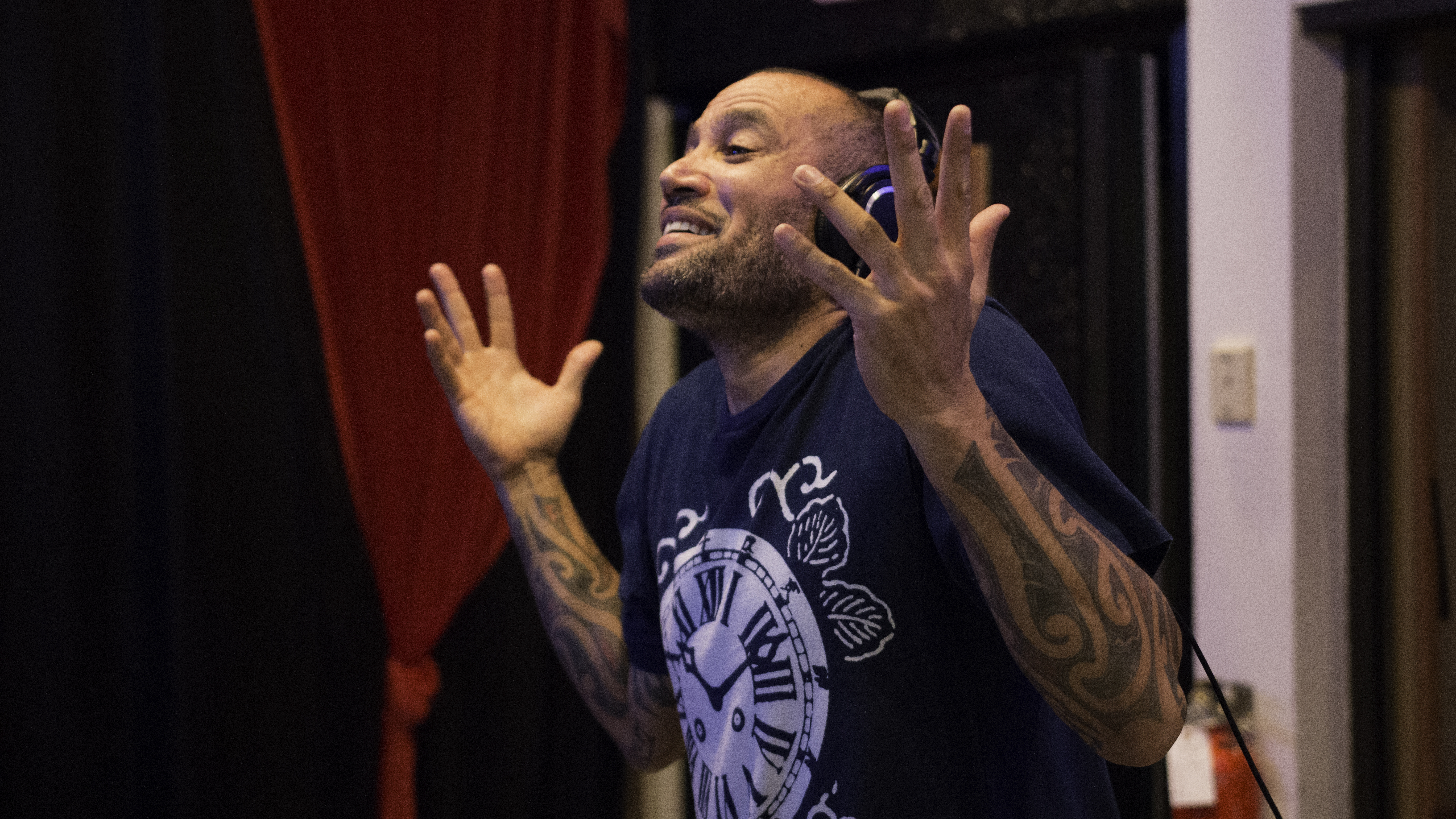
“We laid it on a cloth right on top of the kick drum. It gave everything a slightly dirtier, trashier, random factor,” Allen says. “Sheldon was always there to offer an opinion, and we’d have discussions about approach. It was great to have him around.”
The rest of the musicians were also set up on the floor, while amps/cabinets were situated in adjacent iso booths. “Ben was usually seated just outside the booth that housed his Dumble amplifier—or sometimes it was a Princeton Reverb. Often we would leave that door open to where he was seated so everybody could hear it if they took off their headphones—if they had headphones.”
Musselwhite’s custom harmonica amp was miked via various handheld bullet mics that the bluesman had brought to the session. “Some were so old they didn’t have a name,” Allen says. “Others were custom made for him.”
Harper’s lead vocals were usually captured with an M49. “And then there was just a nest of cables around because we were always pulling different things in front for him to sing,” Allen says.
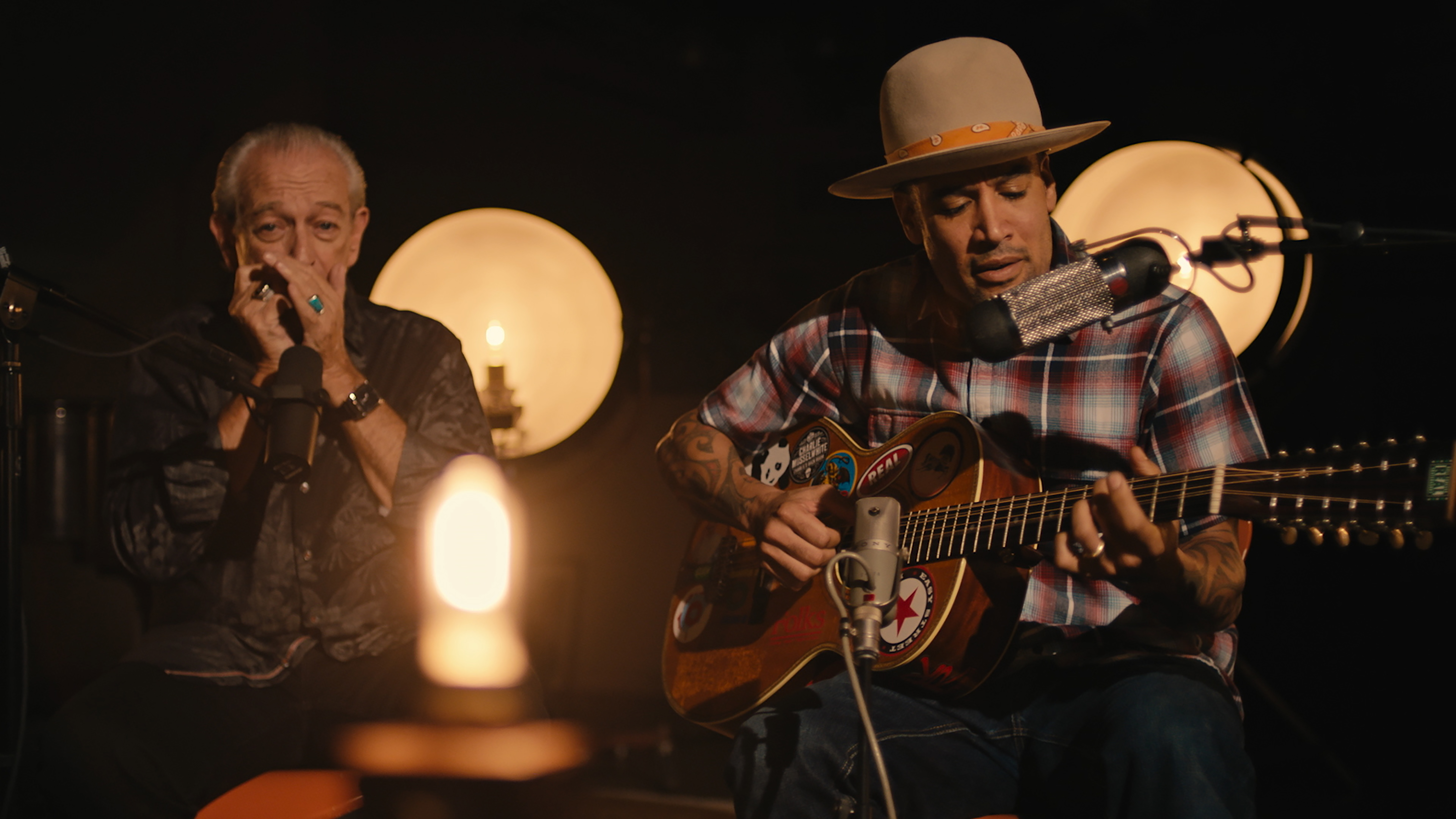
During the Pro Tools mix at his personal studio, Royal Triton, Allen used a pair of Altec 1567s and his Retro 176 limiters, as well as other rack gear and plug-ins, “but basically the mixing was a straightforward matter of using what was there on the printed material,” Allen says. “Ben and I were very much on the same page about this, and one remarkable thing about him is how much trust he gives to you. When that level of trust is there, he just jumps right in and inhabits the song.”
“Ben and Charlie and the guys are amazing to work with, and it was interesting to see how this band has evolved,” Gomberg says.
